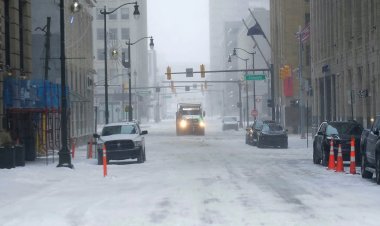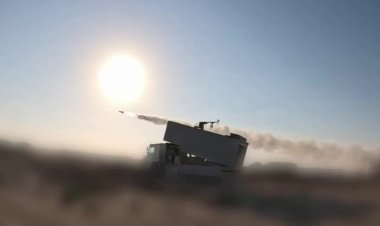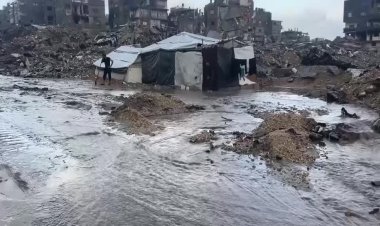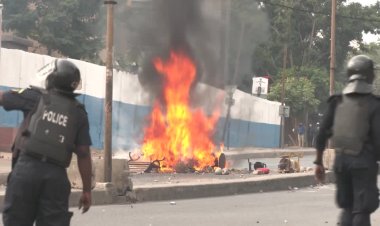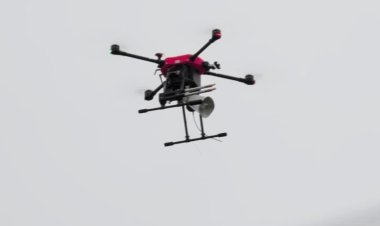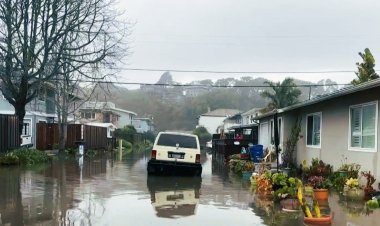Botswana floods kill seven, displace thousands
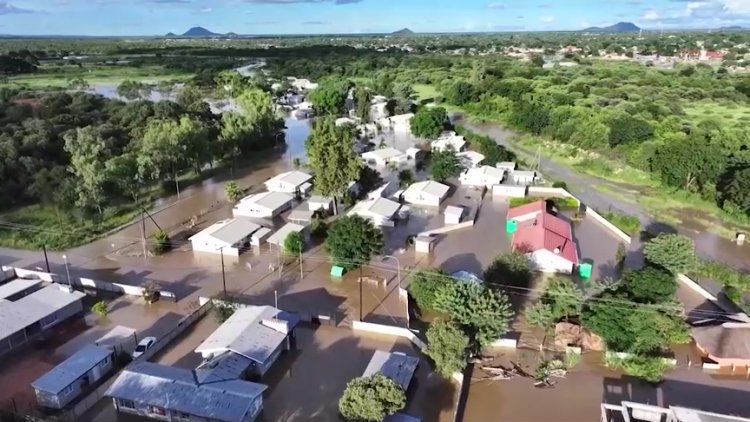
Botswana experienced severe flash floods due to prolonged heavy rainfall, leading to significant loss of life and widespread displacement. President Duma Boko reported that seven individuals, including three children, had tragically lost their lives. The floods have also displaced over 1,700 people, with a total of 2,994 individuals affected, among them 705 children.
The capital city, Gaborone, has been particularly hard-hit. Drone footage from February 19 revealed extensive flooding, with large areas submerged under water.
In response to the crisis, authorities temporarily closed schools and blocked roads to ensure public safety.
The Botswana Red Cross Society has been actively providing emergency assistance, distributing food, clean water, blankets, and offering temporary shelter to those displaced. Rescue teams are working tirelessly to evacuate residents from high-risk areas and provide necessary medical support. Notably, Olympic gold medalist Letsile Tebogo has been praised for personally rescuing stranded civilians in Gaborone, showcasing commendable community spirit during this challenging time.
Meteorological forecasts indicate that heavy rainfall is expected to continue over the next 72 hours, potentially exacerbating the current situation.
Authorities are urging residents to remain vigilant, avoid flooded areas, and adhere to safety guidelines to prevent further casualties.
Authorities have temporarily shut schools and blocked roads following more than a week of downpours.
In a national televised address Boko said more than 1,700 people were evacuated from flood-stricken areas.
In the capital Gaborone, where the local dam was overflowing, cars were washed away and properties waterlogged as emergency workers braced for more rain in coming days.
Disaster management officials suggested that inadequate drainage in urban areas may have contributed to water building up in some of the worst hit low-lying areas.





